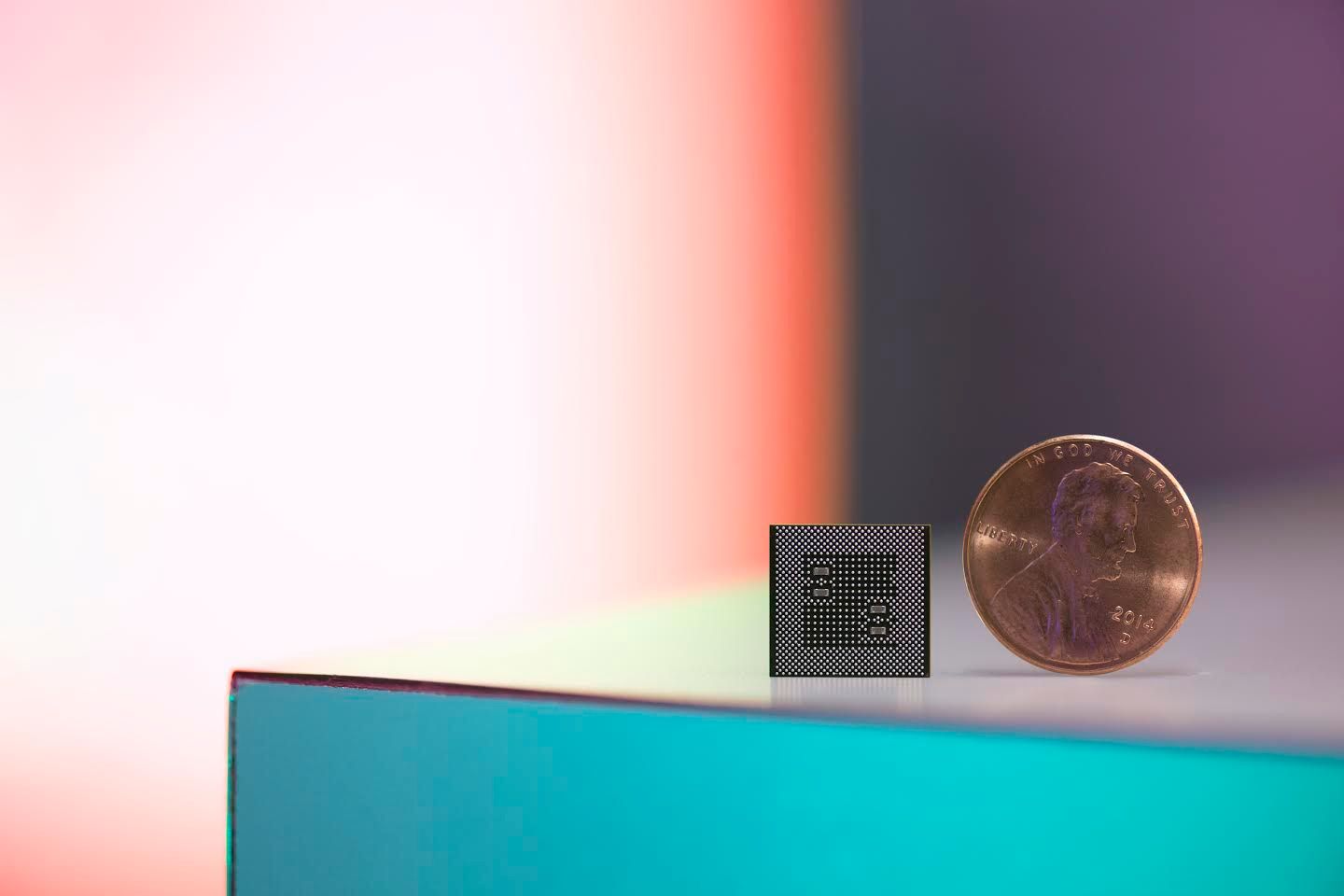Qualcomm has announced its latest processor at CES 2017 that is likely to become the beating heart of many of the new smartphones expected to launch this year.
With devices like the Samsung Galaxy S8, the Huawei P10, and the HTC 11 on the horizon, we've been given a possible look at what those devices will be capable of thanks to the reveal of the new hardware.
The good news is that they are going to be powerful.
It's connected
The new Snapdragon 835 processor will offer all the latest connectivity including the Bluetooth 5, 802.11ad Wi-Fi, and although hardly any networks around the globe offer it (Sydney's Telstra is expected to offer it later this year), support for Gigabit LTE which could see you get speeds up to 533Mbps.
That's considerably more than even the most competent home broadband connection, and should mean there are plenty of ways your new phone will be able to keep to connected to your devices or the world.
Plenty of power
Your next smartphone is going to be more powerful too with the new Qualcomm processor being beefed-up to cope better with AR and of course VR offerings like Google Daydream. When it's not augmenting your reality, the new phones powered by the new processor will be offering 4K HRD10 and 3D audio support to help fully immerse you in what you are doing.
Better battery
The company isn't just chucking more processing and graphics power at the problem. Qualcomm is promising that the next wave of smartphones will have a better battery life as well, up to 2.5 hours more in best case scenarios. And if you do run out of juice from all that VR gaming, you'll be able to charge up again quickly. Enhancements here suggest you'll get 5 hours of talk time from just 5 minutes of charging using a new version of Quick Charge - Quick Charge 4.
Better photos
There's a greater focus on camera technologies too like autofocus and enhancing zoom smoothness while support for cameras up to 32 megapixels, or as is the way with dual camera setups, 16 megapixels a piece.
Smaller smartphones
Trying to meet the demanding requirements of "mobile virtual reality and ubiquitous connectivity" as Qualcomm puts it, while supporting a variety of thin and light mobile designs, the company has also focused its efforts on making the new processor 35 per cent smaller than the previous generation.
That reduction in size, which makes the processor now considerably smaller than a US penny, could also lead to the next generation of handsets being thinner too.
Not just smartphones
Although the Snapdragon chipset range has always been prominently used in flagship smartphones, that's not the only place you'll be able to find it this year. One company already committed to using the new 835 chipset is smart glasses maker ODG.
It is using the 835 chipset to create a new headset dubbed the R-8. Not to be confused with the Audi supercar, the Augmented Reality headset promises to "bring the power of mobile virtual computing to consumers."
Consumers will be able to access the familiarity of movies, sports, gaming, navigation and education experiences but on smartglasses that are light and sleek.
When will phones get the new Snapdragon 835 chipset?
Qualcomm are being coy about when we'll see the new processor and which handsets will be powered by the new 835 processor, however the company has stated that we'll see the first commercial devices become available in the first half of 2017, presumably just in time for devices like the Samsung Galaxy S8 to become a reality.


